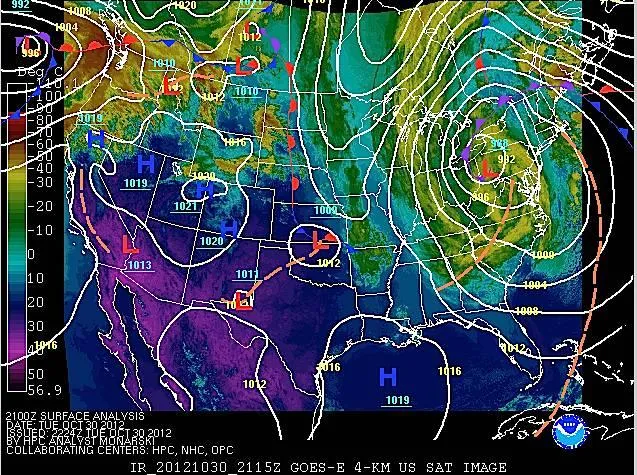FCC hearings dig into post-Sandy communications failures

Superstorm Sandy, which hit the U.S. in late October, left over 100 people dead and more than $50 billion damage in its wake. In addition, the storm caused widespread disruption of the area's communications networks including landlines, wireless and Internet. As Speed Matters reported, "Sandy knocked out around 25 percent of those systems, resulting in 7 to 8 million people without some or all electronic communications."
A little over three months later, the FCC held field hearings at two locations in the New York area as part of its investigations into those devastating communications failures. The hearings included communications carriers, utilities and government officials. Despite differing versions of the breakdown, everyone agreed the system needs improving. FCC Chairman Jules Genachowski set the tone in his opening remarks when he said:
"The inability to communicate with family and emergency personnel during a disaster is simply unacceptable. We must meet this moment with smart action from all sectors to ensure that communications networks are working when people need them most."
But the failures of Sandy had been foretold. Genachowski noted that the FCC had recently "issued a detailed report examining the failures of 911 communications after the derecho, which caused massive power outages across the mid-Atlantic this past summer. A key take-away from that report was that many of the problems encountered at that time could have been avoided if known best practices had been followed."
In his statement, Commissioner Ajit Pai offered a few critiques and prescriptions for change:
"In Sandy's aftermath, for example, I have heard complaints that local power companies would not coordinate with network operators. If this is true, it has to change. These companies share poles and conduits with each other...
"Another thing we know is that new, Internet Protocol-based technologies can make communications more reliable for the public during an emergency."
One common problem was that cellphone tower power backups simple ran out after electric power was severed, despite the presence of a signal. Rahul Merchant, Chief Information and Innovation Officer and Commissioner at the New York City Department of Information Technology and Telecommunications, responded simply, "[In 2013,] we should be able to provide a longer battery life to our cell towers."
In succeeding hearings, the FCC and the telecoms will reveal more detailed plans for rebuilding and hardening facilities.
Northeast cleans up from Superstorm Sandy, death toll rises (Reuters, Nov. 11, 2012)
One quarter of communications down in Sandy-hit areas (Speed Matters, Nov. 31, 2012)
FCC Chairman Genachowski convenes first post-Sandy field hearing (FCC news release, Feb. 5, 2013)
Statement of Commissioner Ajit Pai (FCC statement, Feb. 5, 2013)
FCC Holds Hearings On Sandy Communication Failures (CBS2 TV, Feb. 5, 2013)
CWA members oppose AT&T’s attempts to stop serving rural and low-income communities in California
CWA urges FCC to deny industry attempts to loosen pole attachment standards
CWA District 6 reaches agreement with AT&T Mobility



